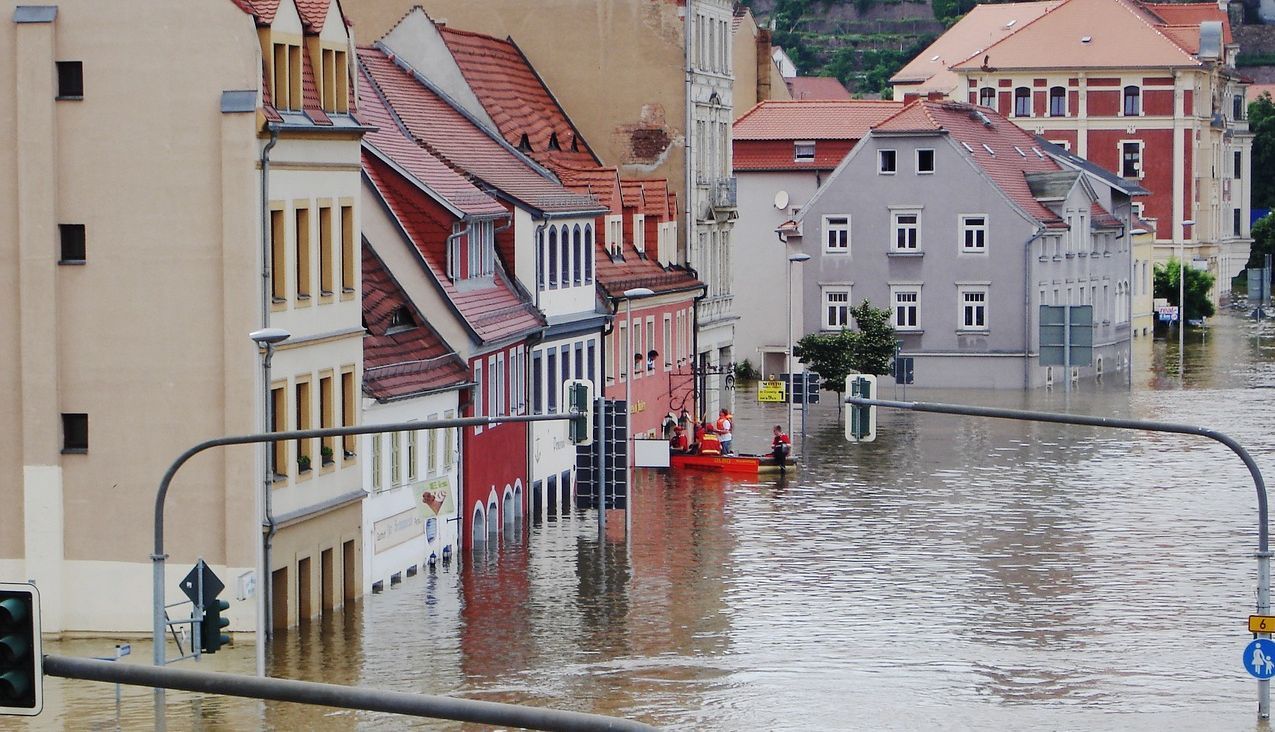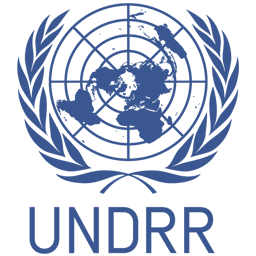At the end of 2021, the UN Office for Disaster Risk Reduction (UNDRR), the United Nations Platform for Space-based Information for Disaster Management and Emergency Response (UN-SPIDER) from the United Nations Office for Outer Space Affairs (UNOOSA) and the World Meteorological Organization (WMO) invited partners and stakeholders to share good practices on lessons learned on Multi-hazard Early Warning Systems (MHEWS). These contributions will contribute to the development of the Words into Action (WiA) guide on MHEWS that will provide practical advice on MHEWS in line with the Sendai Framework for Disaster Risk Reduction.
UNDRR has already developed a series of WIA guides on a number of themes such as Nature-based solutions for DRR (2021), Implementation guide for land use and urban planning (2020), and many more. The MHEWS WIA will guide governments, stakeholders and partners on how to institutionalize, operate, monitor, and strengthen people-centred inclusive approaches for multi-hazard early warning systems which enable early action.
ECFAS answered the Call, offering expert insights in the area of hazard detection, monitoring and forecasting. ECFAS’ experience in meteorological and hydrological forcing and geohazards, particularly as they apply to infrastructure and civil protection in Europe’s coastal zones, could make a very valuable contribution to the upcoming MHEWS MIA.
ECFAS’ user-focused co-design, co-development and co-evaluation approach is exemplary. From the outset, different users have been directly involved in designing a tailormade disaster management tool to meet user needs, always in light of existing EC policies and regulations. The integration of earth observation products is also paramount, both in terms of exploitation of satellite images and of the Copernicus Services (products and tools).
Watch this space for updates as the evaluation of contributions to the Call develops…
*Cover image by LucyKaef from Pixabay

